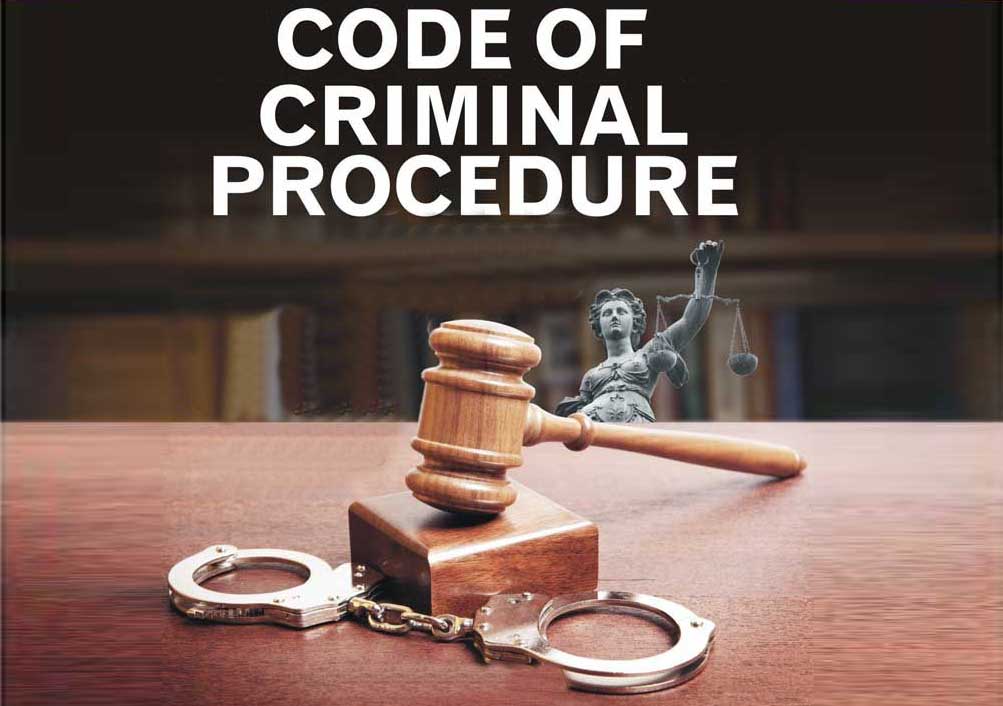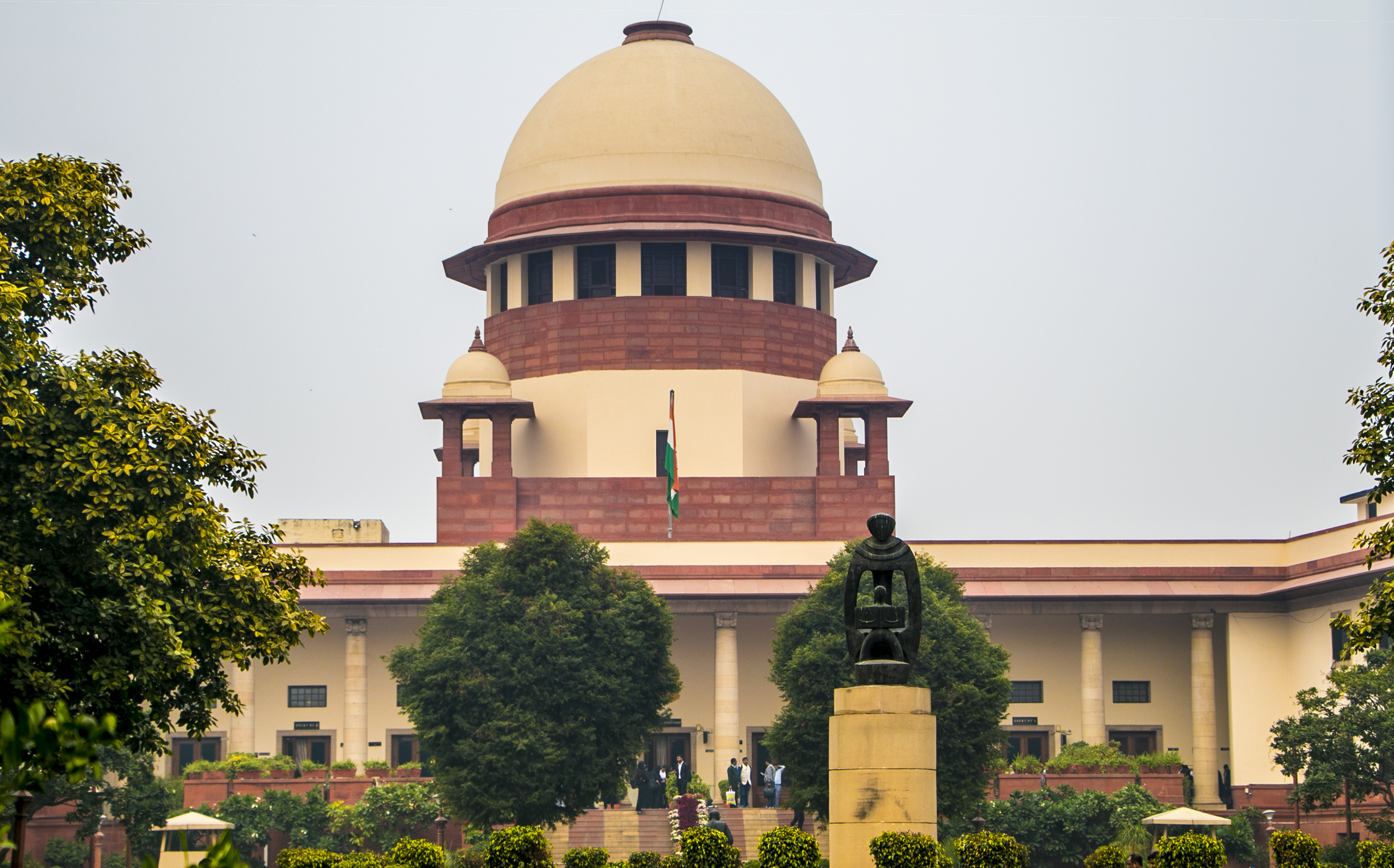In CR.A. No. 211 of 2023-SC- Sec.313 CrPC, which ensures direct dialogue between Court and accused, casts mandatory duty on Court to question accused for enabling him to personally explain circumstances appearing in evidence against him: SC
Justices S. Ravindra Bhat & Dipankar Datta [03-03-2023]

Read Judgment: PREMCHAND v. THE STATE OF MAHARASHTRA
Tulip Kanth
New Delhi, March 7, 2023: While referring to its judgments in State of U.P. vs Lakhmi, Sanatan Naskar vs. State of West Bengal, Reena Hazarika vs. State of Assam, M. Abbas vs. State of Kerala, the Supreme Court has culled out a few principles regarding section 313 CrPC and also opined that clause (b) of Section 313(1) is a valuable safeguard in the trial process for the accused to establish his innocence.
“Section 313, which is intended to ensure a direct dialogue between the court and the accused, casts a mandatory duty on the court to question the accused generally on the case for the purpose of enabling him to personally explain any circumstances appearing in the evidence against him”, the Division Bench of Justice S. Ravindra Bhat & Justice Dipankar Datta observed.
It was the case of the prosecution that the victim was murdered by the appellant and the other three victims-prosecution witnesses received stab injuries caused by a knife, also inflicted by the appellant. This led to registration of an F.I.R. under sections 302 and 307, IPC. The post-mortem report recorded stab injury to neck of the victim as the probable cause of death.
The appeal, by special leave, in question challenged the judgment of the Bombay High Court whereby Criminal Appeal carried by the appellant-accused assailing his conviction under Section 302 of the Indian Penal Code, 1860 (IPC) and sentence of life imprisonment was dismissed.
The Top Court was of the view that every Criminal Court proceeding under clause (b) of sub-section (1) of section 313 has to shoulder the onerous responsibility of scanning the evidence after the prosecution closes its case, to trace the incriminating circumstances in the evidence against the accused and to prepare relevant questions to extend opportunity to the accused to explain any such circumstance in the evidence that could be used against him.
“Once a written statement is filed by the accused under sub- section (5) of section 313, Cr. P.C. and the court marks it as an exhibit, such statement must be treated as part of the accuseds statement under sub-section (1) read with sub-section (4) thereof. In view of the latter sub-section, the written statement has to be considered in the light of the evidence led by the prosecution to appreciate the truthfulness or otherwise of such case and the contents of such statement weighed with the probabilities of the case either in favour of the accused or against him”, the Bench stated.
Declaring that this was a case where it did not appear from the records that the written statement engaged the attention of both the trial court as well as the High Court, the Bench opined that though there was no specific admission by the appellant that he had stabbed the victim or the other injured witnesses, reading of the contents of the appellant’s written statement did not evince an act of retaliation spurred by sudden provocation resulting in a quarrel as well as a scuffle which ultimately cost the victim his life and left some others injured.
The Bench also noticed that it was in a sudden quarrel, which could have been provoked by the victim and the witness that blows followed from each side. Most importantly, the circumstances in which the incident occurred did clearly negate any suggestion of premeditation in mind.
Noting that Exception 4 to section 300, IPC ordains that culpable homicide is not murder if it is committed without premeditation in a sudden fight in the heat of passion upon a sudden quarrel and without the offender having taken undue advantage or acted in a cruel or unusual manner, the Bench also observed that four requirements must be satisfied to invoke this Exception which include the facets that there must have been a sudden fight, there was no premeditation; the act was done in a heat of passion; and the assailant had not taken any undue advantage or acted in a cruel or unusual manner.
As per the Bench, it couldnot be overlooked that while the victim was middle-aged, the appellant was in his late fifties. It was indeed improbable that in the presence of the wintnesses, the appellant wielding a weapon like a knife would come to the spot with an intention to commit the offence of murder overpowering all of them without any sufficient reason or provocation.
The Top Court observed that the trial court lacked in objectivity by not examining the facts and circumstances as to whether the situation was such as is likely to reasonably cause an apprehension in the mind of the appellant that there was imminent danger to his body, of either death or grievous hurt being caused to him, if he did not act in private defence. To impute the intention to cause death or the intention to cause that particular injury, which proved fatal, in these circumstances seems to be unreasonable, the Bench added.
Noting that this was not a case where the appellant could be convicted for murder of the victim, the Bench held that it would be proper to convict the appellant under section 304, Part II, IPC.
However, considering the fact that the appellant had suffered imprisonment for more than nine years and he was presently in his late sixties, the Bench considered incarceration for such period as adequate punishment while ordering that the appellant shall be released from custody forthwith, unless required in connection with any other case.
Sign up for our weekly newsletter to stay up to date on our product, events featured blog, special offer and all of the exciting things that take place here at Legitquest.




Add a Comment